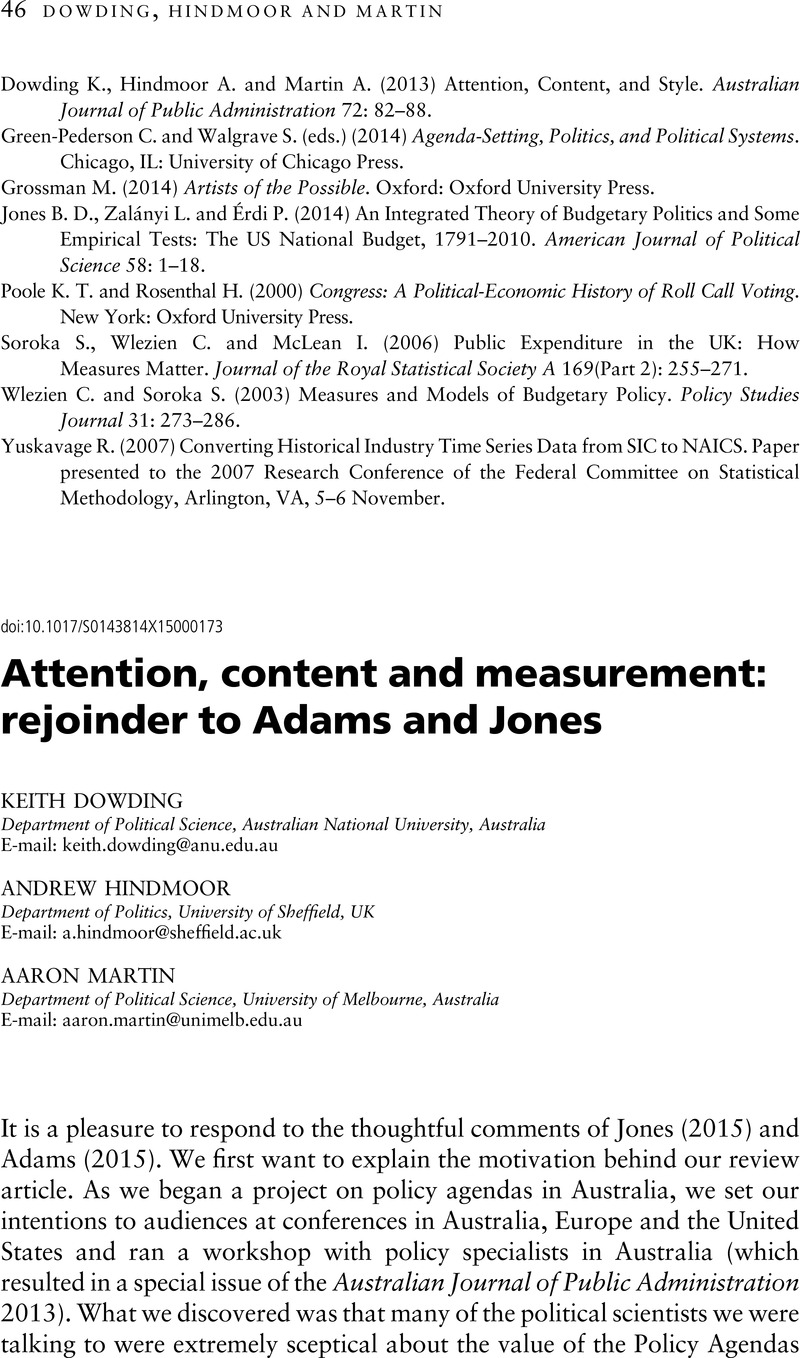Baumgartner, F. R.,
Jones, B. D. and
Mortensen, P. B. (
2014)
Punctuated Equilibrium Theory: Explaining Stability and Change in Public Policymaking. In Sabatier P. A. and Weible C. M. (eds.),
Theories of the Policy Process,
3rd ed.
Boulder, CO:
Westview,
59–
104.
Google Scholar 